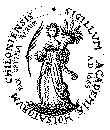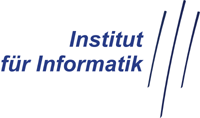Project: 2D-3D Pose Estimation
Researchers: Rosenhahn B. , Perwass C. , Granert O. , Sommer G.
This research project deals with the 2D-3D pose estimation problem. Pose estimation itself means to estimate the relative position and orientation (rotation and translation) of a (known) 3D object with respect to a reference camera system.
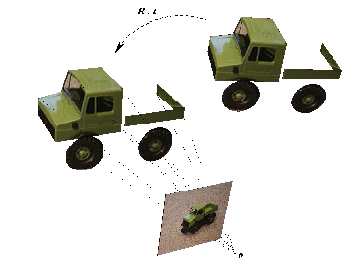
|
The main focus of our work concentrates on the geometric modeling and application of the pose problem. Therefore we use as mathematical language the conformal geometric algebra, which is a universal Clifford algebra. It provides a homogeneous model for stereographically projected points on a hypersphere and therefore couples kinematics with projective geometry. This representation is useful for many computer vision or robot vision tasks. |
The reason for this approach is that starting from simple features (e.g. point features) an extended scenario is derived, which deals with higher order features such as lines, planes, circles, spheres, kinematic chains or cycloidal curves. Cycloidal curves are defined as circles rolling on circles and are treated as 3D entities within the pose scenario. This scenario extends to general free-form contours by interpreting contours generated with 3D Fourier descriptors as n-times nested cycloidal curves.
The following movies visualize some properties of our developed algorithms (click on the images):
| Our algorithm for pose estimation of kinematic chains is robust and can be used for different tasks, e.g. for a visual remote controling of a manipulator. |
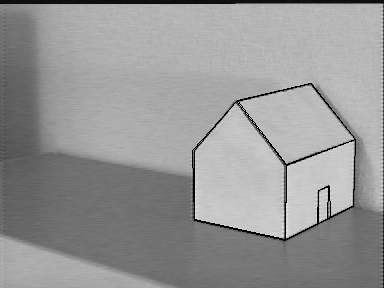
|
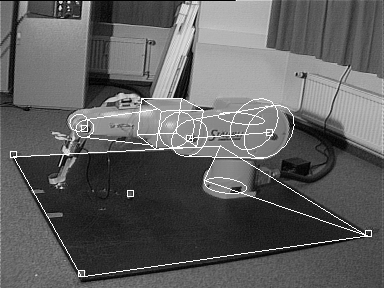
|
| In our free-form pose estimation algorithms we are able to detect outliers during pose estimation and additionally to deal with multiple and partial hidden object contours. |
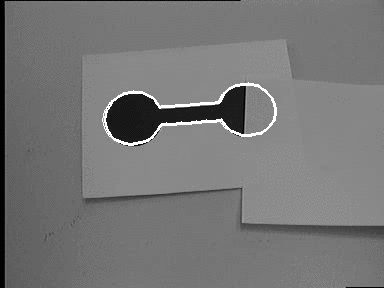
|
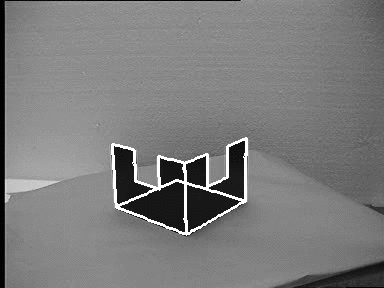
|
| The next sequence shows pose results of two nested contours. The other sequence shows further the possibility to model slight object deformations by fusing kinematic chains within our approach for free-form object modeling. |
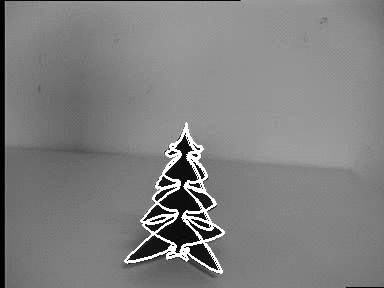
|
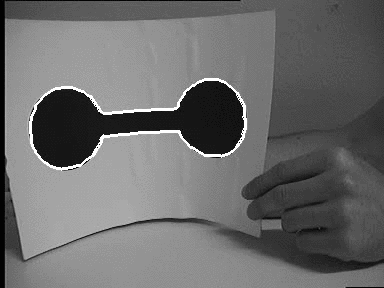
|
The developed algorithms are also applied in our navigation project for selflocalization of mobile robots.
Questions, remarks:
Bodo Rosenhahn
Christian Perwass
Oliver Granert
Gerald Sommer
